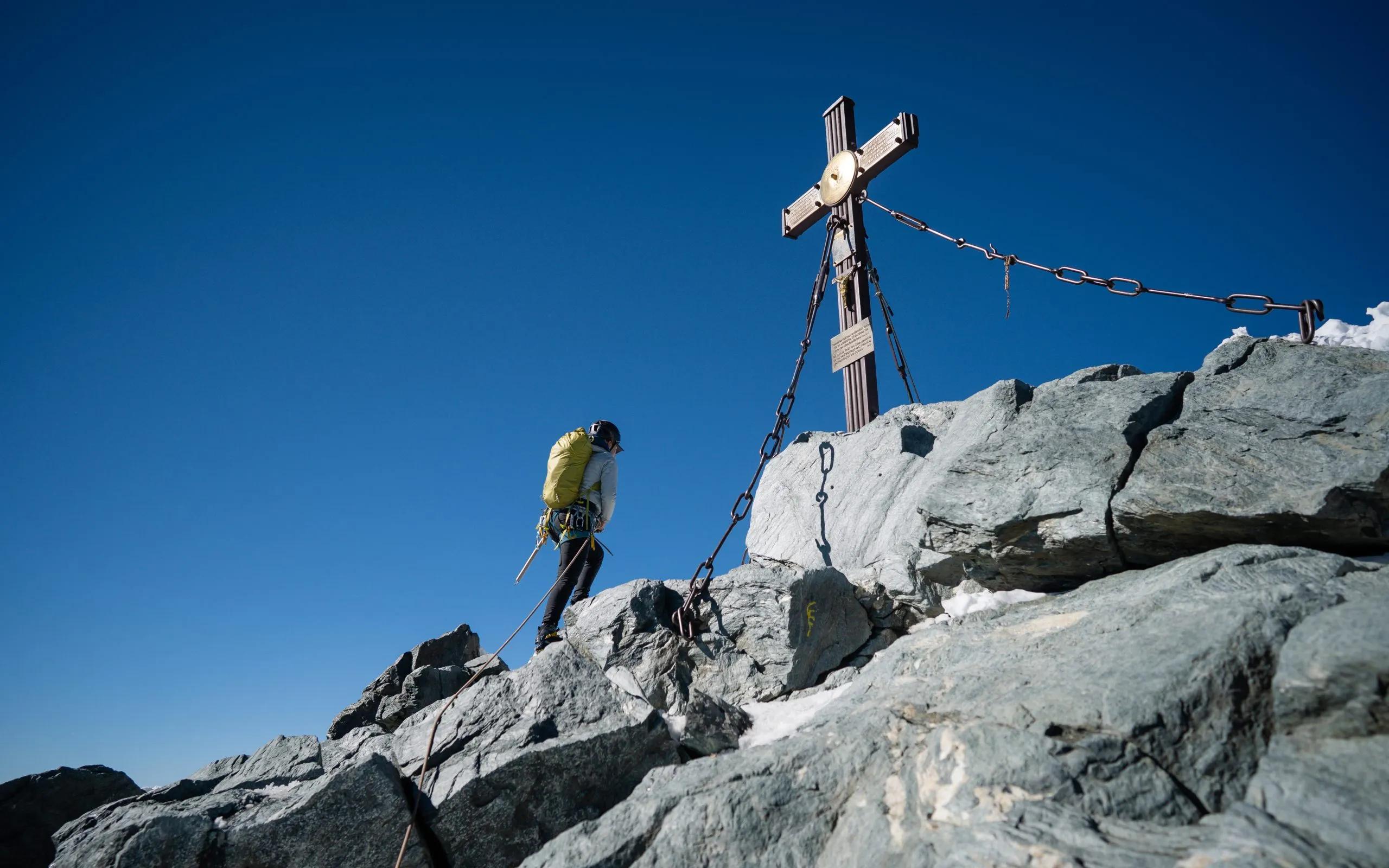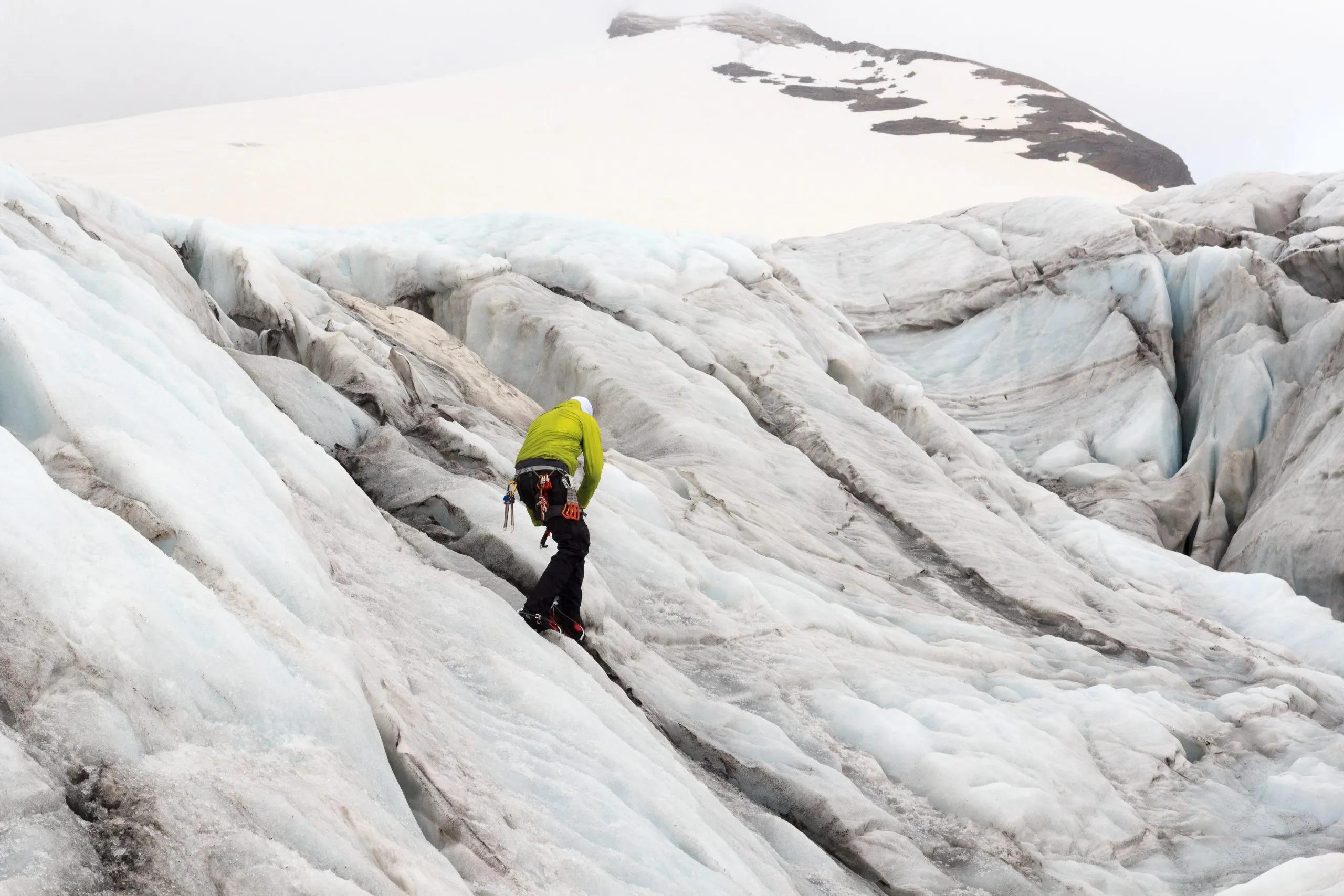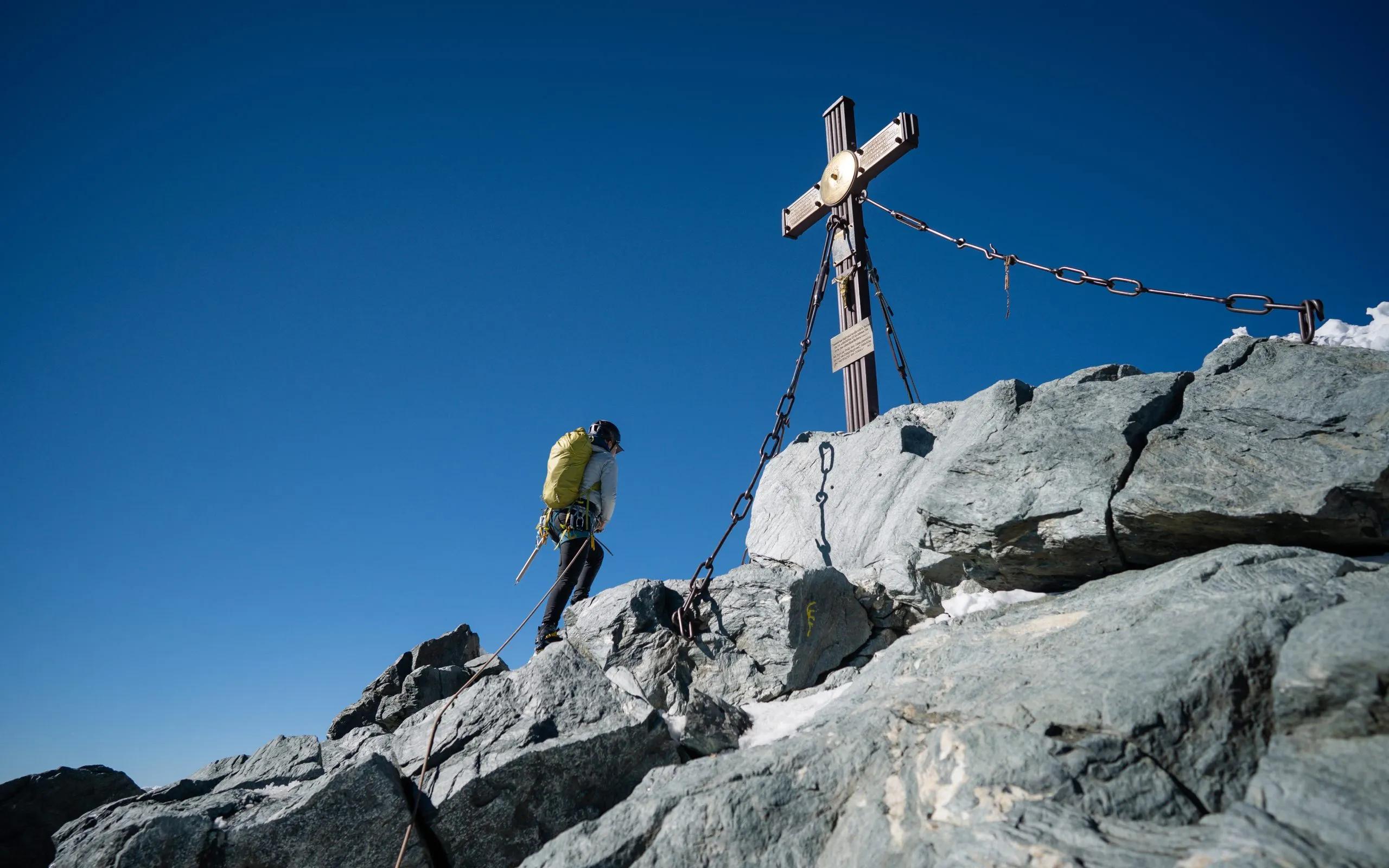8 km and 1500 m of elevation gain











Grossglockner Guided Climb - Normal Route
2 days / 1 nights
|
Starting point
Lucknerhaus
Finish point
Lucknerhaus
Season
From June to October
Technical level
5/5
Fitness level
4/5
Tour type
Hut-to-Hut
Starting point
Lucknerhaus
Finish point
Lucknerhaus
Season
From June to October
Technical level
5/5
Fitness level
4/5
Tour type
Hut-to-Hut
Highlights
- Experience the thrill of climbing Austria's highest peak at 3,798 meters in the heart of the High Tauern National Park
- Traverse lush alpine meadows and navigate the vast expanse of the Pasterze Glacier
- Spend a night at StüdlHütte, one of the more comfortable mountain huts in Austria
- Tackle technical climbs with the support of IFMGA-certified mountain guides
- Witness breathtaking panoramas from the summit, including the sea of peaks stretching across the Eastern Alps
- Embrace the challenge of glacier crossing and technical ridges
Itinerary of the trip
FREE ITINERARY
Get Your Travel Itinerary
Loved the itinerary? Enter your email below, and we'll send a copy straight to your inbox.
What’s included in the price?
Guided
NOT INCLUDED
OPTIONAL EXTRAS
What to bring to the tour
- Hiking shoes/boots
- 25 to 45-liter backpack
- Base layer
- Sports T-shirts
- Hiking shorts
- Hiking water-repellent pants
- Waterproof jacket
- Midlayer
- Sports socks and underwear
- Leisurewear for evenings
- Down jacket
- Gloves
- Shade hat/cap
- Warm headwear
- Sunscreen
- Sunglasses
- Headlamp
- Hiking poles
- ID card or passport
- Snacks
- Cash
- Water bottles or hydration pack
- Sleeping liner
- Toiletries
- Toilet paper
- Small first aid kit
- Crampons (available for rent)
- Ice axe (available for rent)
- Extra cash for food and accommodation
Embark on a journey to conquer Austria's highest peak, Grossglockner, where glaciers and granite form a path to the summit. This two-day guided climb is an invitation to step beyond the ordinary and discover the allure of high-altitude mountaineering.
The climb to Austria's highest peak at 3,798 meters takes you from lush meadows to the Pasterze Glacier, the largest in the Eastern Alps.
Along the way, you'll pass by the Stüdlhütte and Erzherzog-Johann-Hütte, crucial stops for climbers. This journey offers a mix of technical challenges against a backdrop of ice, rock, and stunning alpine scenery.
Reaching the summit, you'll be rewarded with sweeping views of the Eastern Alps, including prominent peaks such as the Glocknerwand and the Kleinglockner, which flank the main summit, adding to the grandeur of the Grossglockner.
Our guided climb to Grossglockner pairs you with IFMGA-certified guides known for their route knowledge and safety skills. This climb is for those with some experience, as it includes glacier crossing and technical sections rated II on the UIAA scale.
We ensure your experience is smooth by taking care of the logistics, like booking your stay at the high-altitude huts and sorting out any needed transfers. We also offer equipment rental in case you don't own crampons, an ice ax, and a climbing harness.
Pack your backpack and conquer Austria with us!
Frequently Asked Questions
Ratings & Reviews

5.0 average rating

We had a lovely hike today with our guide Klemen. He personalized the tour on our needs and interests, so that we saw places we wouldn't without his experience. The hike was a little bit slippery after the rain from the last days and it went a lot upwards, but it was totally worth it! Thanks again :)


Our 3 day hike had to be rearranged 2/2 weather, so a one day hike was arranged for us. We appreciated the concern about weather and conditions. Our hike was with Matevz, who was a great guide. Very helpful and knowledgable. Would definitely recommend and will be back for a longer hike one day!
We had a lovely hike today with our guide Klemen. He personalized the tour on our needs and interests, so that we saw places we wouldn't without his experience. The hike was a little bit slippery after the rain from the last days and it went a lot upwards, but it was totally worth it! Thanks again :)


Our 3 day hike had to be rearranged 2/2 weather, so a one day hike was arranged for us. We appreciated the concern about weather and conditions. Our hike was with Matevz, who was a great guide. Very helpful and knowledgable. Would definitely recommend and will be back for a longer hike one day!
All available guidance options
Join a Group
Don’t want to hit the trails by yourself? No problem! We’ll find you a group of like-minded hikers and handle all the logistics. Guided by our experienced leader, you'll enjoy a stress-free journey focused on what truly matters – soaking in the trails, meeting new people and making unforgettable memories.
Private Guided Group
Get together a group of your hiking buddies and leave the rest to us! All you have to do is sit back, relax and enjoy a tour built around your group’s preferences. With an experienced guide accompanying you every step of the way, you’ll get the most out of your hike without having to stress about the details.

EXPERT LOCAL GUIDES
Our professional guides know the local terrain and are trained to make this once-in-a-lifetime opportunity both safe and enjoyable.

TOP NOTCH EQUIPMENT
We provide equipment rentals of helmets, harnesses, and more, by world-class quality brands.

HASSLE-FREE
We handle route planning, accommodations, transfers, and anything else you prefer not to deal with, so you can enjoy a carefree hike.

TRUSTED BY MANY
We are a financially protected company operating since 2014, and with thousands of satisfied customers in the past, we still put you first.

















